Just Blaze Hip-Hop Production
Course Description
Archive : Just Blaze Hip-Hop Production Digital Download
Salepage : Just Blaze Hip-Hop Production
Delivery : Online With Any Device.
When it comes to smelting hip-hop platinum in the studio, Just Blaze knows just what is required. The New Jersey-based producer gained notoriety with his early work on Jay-Z’s The Blueprint and The Black Album, and his recent credits are a who’s who of hip-hop royalty, including work on Beyonce’s Lemonade, as well as productions for Snoop Dogg, Ghostface Killah, Kendrick Lamar, Drake, Eminem, and many more. Here, Blaze breaks down how he sculpts powerful low-end in his tracks, his seamless melding of live players and samples, and the UAD tools that have helped him craft hit after hit.
1. How would you describe your job as a producer?
My role is to get the job done and deliver a finished product. At the end of the day, you are paid to produce. People tend to think that a producer is running around and playing a bunch of instruments, and that’s not really the case. On Michael Jackson’s Thriller – Quincy Jones didn’t come into the studio and play everything himself. He understood Michael’s vision, and got the best people he could for drum programming, strings, arrangements, and even co-writers. Basically, he did an epic job of completing the tasks at hand, and creating a great album.
2. What’s the difference between a beat maker and a producer?
A producer brings in hook ideas and song structures. A beat maker says, -Here, rap to this. Anybody can grab some kick and snare sounds along with a sample loop or a piano sound and be done in five minutes – but that doesn’t mean it’s going to move anybody. A good producer can take chords, sounds, textures, and use them to deliver emotions and dynamics within a track. Also, being aware of tempo is very important.
There are sounds that you may not want to use in something uptempo, simply because there’s too much reverb tail on the snare, for example. If the BPM is 140 or 150 and there’s a huge reverb tail on the snare, the sound of the reverb could take up the whole track and drag the energy down. A good producer, or a good beat maker, knows how to make the right choices with things like that, and ultimately, how to capture a moment. Good producers and beat makers put together sets of sounds that can deliver an experience.
-UAD plug-ins have helped me make the transition to recording in the box.
3. What’s your DAW of choice? Do you start with a template or work from scratch each time?
I start from scratch and 95% of my work is in Logic Pro X, though every once in awhile, I’ll use Ableton as a starting point. I start from scratch when I’m working on a song, with one exception. Many years ago, I used to work on the Akai MPC series of sequencers and samplers. When I made the decision to move over to Logic, a couple of guys that I work with and I imported all of the actual sequencer grooves from three MPCs into Logic – Logic has a feature where you could import grooves from other sequencers by recording click tracks from them and then Logic would adjust its internal clock to replicate the swings that you get from the drum machines.
We did this because, even, though it’s all ones and zeros and they’re all computers, every processor and sequencer is a bit different. The reason why people loved the E-mu SP-1200 decades ago is because it had a certain swing that no other sequencer had. Some people also love the Akai MPC3000 because there was a very unique swing to the sequencing. The grooves that we imported over are the only thing that I always make sure that I have warmed up when I open a blank session. It’s good to have variety, because the differences in swings can be very slight. If I do a sixteenth-note triplet on the SP-1200, it’s not going to feel exactly the same timing coming from an MPC3000 or an MPC2000.
4. So much of your work is collaborative, whether it’s with Jay-Z, Kendrick Lamar, or Beyonce. How important is being a good collaborator to your productions?
I always say, the more heads that are involved, as long as it benefits the record, the better. You have to put egos aside. One of the best things about collaborating is watching other people work. That’s how you learn.
-Know your tools, and know how to use them.
5. You recorded Brooklyn’s Phony Ppl at UA’s Studio 610 recently. What are some essentials for you as a producer tracking an ensemble?
Preparation is key. I always tell the band, -Perform it like you know it. most often, that means taking the track home and just live with it. In fact, we all go home and live with it. Work with it over and over. Then we attack it the next day, knowing the tune inside and out. This is especially important for vocalists. In the case of Phony Ppl, they were a polished band and a super-talented bunch of guys.
My job was to go in and mic the drums the right way, make sure we had the right things being captured by the overheads, getting the right sounds in the right way. Of course I would speak up if I heard the vocals going flat or sharp and call them out on that. But my overall job was to get the best performance of the day recorded well, then take it back to my studio and shape the song into a finished record






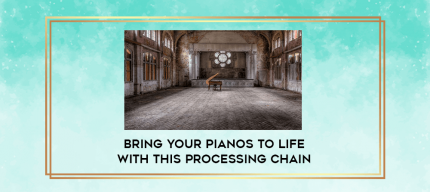
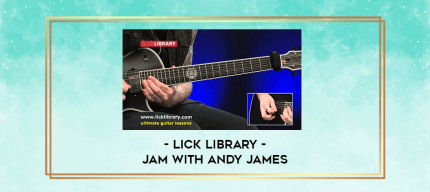
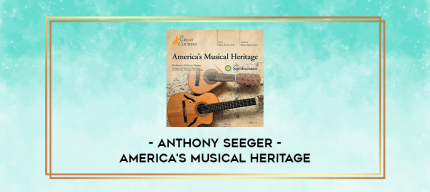

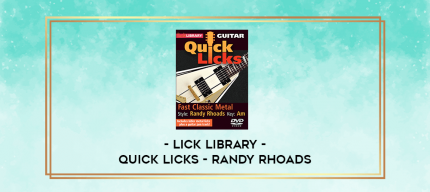
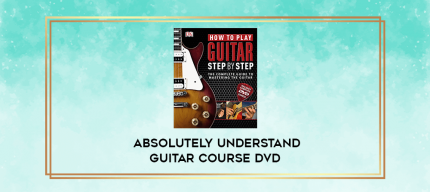


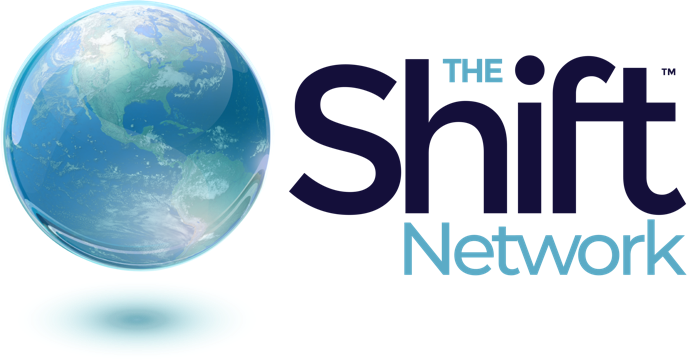







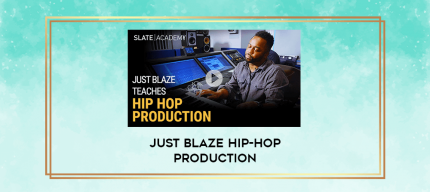
Reviews
There are no reviews yet.